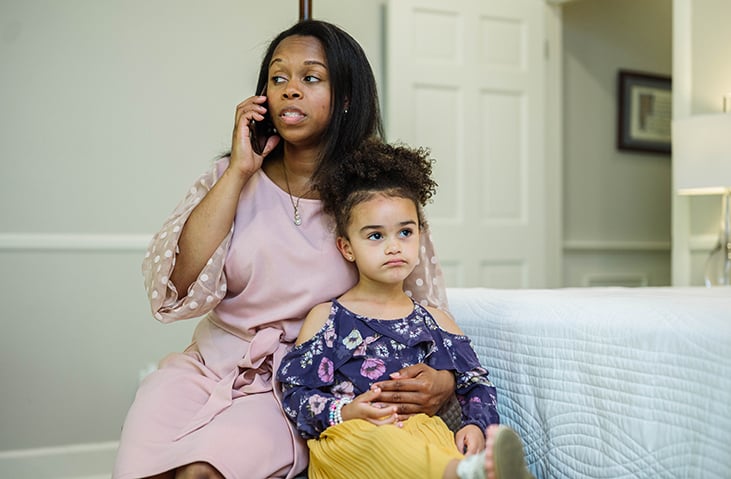



Summary
Studies show that overall survival from breast cancer is no different for patients who undergo mastectomy vs. those who choose breast conserving surgery.
Breast cancer is an emotionally charged disease that carries tremendous stress for the patient and family. Often the first impulse by patients is the desire to have their entire breast removed. Moreover, they usually request bilateral mastectomies even though the other side is uninvolved. It seems somewhat primal or instinctive for patients to feel this way. These feelings can be compounded by experiences with other family members or friends who have had breast cancer themselves.
As breast surgeons, we must educate patients about the outcome data of breast cancer treatment if we are ever going to change the nationwide surge in bilateral mastectomy rates.
Many large studies show that overall survival from breast cancer is NO DIFFERENT for patients who undergo mastectomy vs. those who choose breast conserving surgery (lumpectomy, axillary node biopsy and post-operative radiation).
Stage for stage, these surgical options carry the same overall survival1. In fact, some studies suggest that even in node positive patients, breast conserving surgery followed by radiation may offer an advantage over patients undergoing mastectomy without radiation2.
After discussing the statistics with my patients, the response is surprising. “So, you’re telling me that I can have a lumpectomy, lymph node biopsy and post-operative radiation and my overall survival is the same as if you took my whole breast off?” My response is a resounding “yes.”
Now add in the advances with breast conserving surgery like Hidden Scar Techniques and Oncoplastic closures and we can not only treat the breast cancer but can maintain the natural look of the breast as well. Oncoplastic closure involves using the woman’s own tissue to fill the dead space created from the lumpectomy. This technique will avoid the deformity and “divet” seen with traditional lumpectomy, especially after radiation. By hiding the scar either around the areola, under the breast in the inframammary fold, or axillae, we can often achieve a normal looking breast after conserving surgery.
Of course, not every patient is a candidate for breast conservation, but about 60% or more are. Your breast surgeon will discuss this with you and determine if it is right for your situation. Breastcancer.org and Breast360.org are two websites that you can reference for more information on breast cancer and treatments.


Danny Sanders, MD
Danny Sanders, MD, FACS, is a surgeon with North Mississippi Medical Center's Breast and General Surgery Clinic and serves as director of NMMC's breast program. He is a member of and certified by the American Society of Breast Surgeons. He is also trained in oncoplastics and hidden scar surgery techniques.
Schedule a mammogram online or call Centralized Scheduling at (662) 377-6655 or 1-866-912-1486.

Subscribe to Our Newsletter
Like this content and want to get more? Sign up for True North, the health and wellness newsletter from North Mississippi Health Services!

Subscribe to Our Newsletter
Like this content and want to get more? Sign up for True North, the health and wellness newsletter from North Mississippi Health Services!

Nurse Link®
Not sure if you need Urgent Care or the ER? Call 1-800-882-6274 anytime to speak directly to a registered nurse and get immediate answers. Using computerized medical protocols, nurses direct callers to the most appropriate treatment. Our nurses are available 24 hours per day, seven days per week.